Nirgundi benefits, dosage, side effects, and how to use?
What is Nirgundi? Nirgundi, scientifically termed Vitex negundo, stands as a cornerstone in Ayurvedic medicine, celebrated for its profound healing properties. …
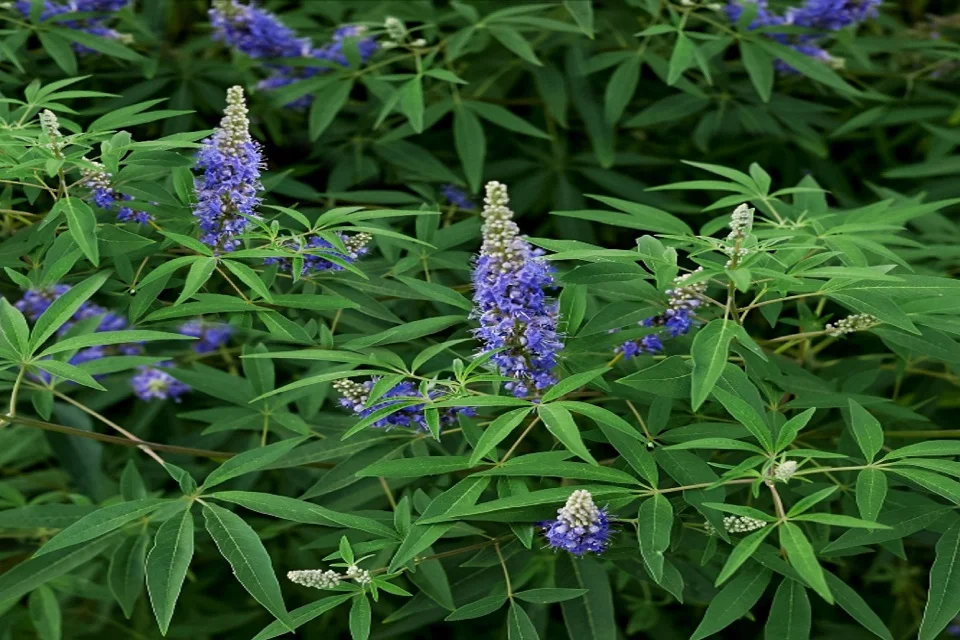
What is Nirgundi?
Nirgundi, scientifically termed Vitex negundo, stands as a cornerstone in Ayurvedic medicine, celebrated for its profound healing properties. Indigenous to the Indian subcontinent, this herbaceous wonder has been cherished for centuries in traditional healing practices. With its distinctive palmately compound leaves and clusters of fragrant flowers, Nirgundi captivates both botanists and healers alike. In Ayurveda, it finds extensive use in treating a spectrum of ailments, from inflammation and pain relief to respiratory disorders and skin conditions.
Nirgundi in Ayurveda
Nirgundi, Which is known as Nagod or Shephalika in Ayurveda. It means which protect the body from ailments. It is one of the most important herbs in Ayurveda mainly for Vata disorders.
Vişnu dharmasūtra quotes Nirgundi (61/3). The term Šephālikā is also found in the works of Panini (P.V.G. 4/3/ 167 & P.M. 5/3/55). Brhat Trayi has described this plant with the synonyms Sinduvāra and Nirgundi most of the time. Šušruta and Vägbhața have described the leaves of Sephälikä under Anuśastra (accessory surgical instrument). This may be due to the scabrid surface of the leaves of this plant. The leaves are used for rubbing the diseased parts as in leprosy etc.
What is the Morphology of Vitex negundo?
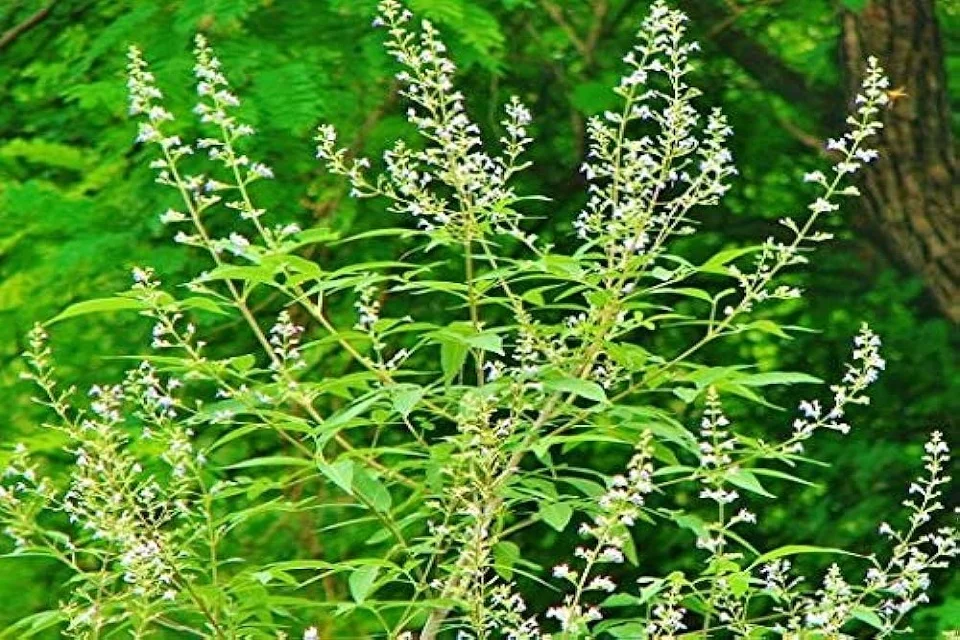
Latin name– Vitex negundo(L.) Dunal. (Fam. Verbenaceae)
Vitex negundo is a 6-12ft tall plant, multi branches, and is covered by fine hair. Nirgundi bark of the stem is thin and has a long leaf stalk with around 3-5 leaves growing at its tip. The flowers are small 2-3inch long and blue or white with a purple tint in colour. The bark of the root is green on the outside and yellow inside. Fruits are small, round, and white and black mixed in color. It is found in all regions of India, especially in hot weather areas.
Type of Nirgundi
Acharya Sushruta, Bhavmishra, and Dalhana mentioned two types of Nirgundi,
- Shveta pushpa (Sindhuvara)
- Nila pushpa (Nirgundi)
Kaidev Nighantu describes three varieties of Nirgundi,
- Nirgundi
- Sindhuvara
- Shephalika
Synonyms of Nirgundi
Sinduvara, Shephalika, Nila, Suvaha, Surasa, Svetapushpa, Nilamanjari, Vanaja, Bhutkesari
Classical Categorization of Nirgundi in Samhita
- Charak:Vishagna, Krimighna
- Sushruta:Surasadi
- Vaghbhatta:Surasadi
Other/Regional Language Names
- English: Five leaved chaste
- Gujarati:Nagod
- Hindi: Nirgundi, Sindur, Sambhalu
- Kannada:Lakkigida, Nekkigida
- Malayalam:Indranee, Nirgundi
- Marathi:Nirgundi
- Punjabi:Sambhalu, Banna
- Tamil:Karunochchi, Nocchi
- Telugu:Nallavavilli, Vavili
- Urdu:Sambhalu, Panjangusht
- Assamese:Aslak
- Bengali:Nirgundi, Nishinda
Constituents of Vitex negundo
Volatile oil, Negundoside, nishindaside. agnuside, mussaenoside tetraacetate, mussaenoside pentaacetate, 6′-p-hydroxy benzoyl mussaenosidic acid, 2′-p-hydroxy benzoyl mussaenosidic acid, -phellandrene,bsabinene, p-cymene, -caryophyllene,b-terpinene, terpinen-4-ol, g -carene, D-pinene, a-eudesmol, bviridiflorol, limonene, camphene, citral, caryophyllene, methyl -aheptanone, linalool, camphor, 1,8-cineole,
terpineol, geraniol, caryophyllene oxide, terpenyl acetate, geranyl acetate, benzaldehyde, cinnamaldehyde, 5-hydroxy-3,6,7,3′,4′- pentamethoxy flavone, 5,3′-dihydroxy-7,8,4′- tri methoxy flavanone, 5,3′-dihydroxy-6,7,4′- trimethoxy flavanone, 4,4′- dimethoxy-trans-stilbene, 5,6,7,8,3’4’5′-heptamethoxy flavone, 5-Odesmethylnobiletin, gardenin A, B, corymbosin
Rasa Panchak of Nirgundi
- Rasa:Tikta, Katu, Kashaya
- Guna:Laghu
- Virya:Ushna
- Vipaka:Katu
- Karma:Kasaghna, Krimighna, Kaphahara, Vatahara, Vranashodhana
References of Nirgundi in Ayurvedic texts
सिन्दुवारः श्वेतपुष्पः सिन्दुकः सिन्दुवारकः।
नीलपुष्पी तु निर्गुण्डी शेफाली सुबहा च सा ।।113।।
सिन्दुक: स्मृतिदस्तिक्तः कषायः कटुको लघुः।।114।।
सिन्दुरवारदलं जन्तुवातश्लेष्महरं लघु ।।115 ।।
(भा.नि., गुडुच्यादि वर्ग, 113-115)
निर्गुण्डी कटुतिक्तोष्ना कृमिकुष्ठरुजापहा
वातश्लेष्मप्रशमनी प्लीहगुल्मारूचीर्जयेत् ।।74।।
(ध.नि., करवीरादि वर्ग, 74)
निर्गुण्डी तुवरा तिक्ता मेध्या शीतोषणा लघुः ॥27॥
चक्षुष्या दीपनी केश्या कफानिलविषापहा।
हन्त्यरोचकशूलामगुल्ममेदोव्रणकृमीन् ||128 ||
शोफकुष्ठप्रतिश्यायश्वासकासांश्च सा द्विधा ||129||
(कै. नि. ओषधिवर्ग)
कटूष्णा नीलनिर्गुण्डी तिक्ता रूक्षा च कासजित् ।
श्लेष्मशोफसमीरार्त्तिप्रदराध्मानहारिणी ||154||
(रा. नि. शतास्वादिवर्ग)
सिन्दुकः स्मृतिदस्तिक्तः कषायः कटुको लघुः ।
केश्यो नेत्रहितो हन्ति शूलशोथाममारुतान् ।
कृमिकुष्ठारुचिश्लेष्मज्वरान्नीलापि तद्विधा ||114||
(मा. प्र. नि. गुडूच्यादिवर्ग)
निर्गुण्डी कटुका तिक्ता रूक्षोष्णा च कषायका |
स्मृतिप्रदा नेत्रहिता केश्या लघ्वग्निदीपनी ॥
मेध्या वर्ष्या च संप्रोक्ता गुदवातक्षयापहा ।
सन्धिवातं च वातं च शोफं त्वामं कृमींस्तथा ॥
कुष्ठं कफं व्रणं प्लीहां गुल्म कण्ठरुजं तथा।
विषशूलं चारुची च ज्वरमेटोरुजं तथा ।
गृध्रसी च प्रतिश्यायं कासं श्वासं च नाशयेत् ॥
(नि. र.)
What are Benefits of Nirgundi?
- Nirgundi in Sciatica(Gridhrasi)
- Aruchi (anorexia)
- Shvasa (dyspnoea)
- Kasa (cough)
- Krimi (helminthiasis)
- Pratishyaya (coryza)
- Sandhisotha (arthritis)
- Sotha (inflammation)
- Vatavyadhi (Disease due to vata dosa/neurological disease)
- Vrana (wound)
What is the use of Nagod in texts?
- Nirgundi is mentioned as an Analgesic, Diuretic, and Emmanagague in “Indigenous drugs of India”.
- Its decoction used in treatment of beriberi (Vit B1 deficiency).
- Smoke inhalant for Cough & cold. (Reddy et al., 1989 & Rao,1990)
- Water extract of dried leaf and root to treat ulcers. (Jain & Verma 1981)
- Nirgundi root powder shall be given with oil as Anupama in Vatavyadhi. (R.R.S.)
- In Kasa & Svasa Kvatha prepared with Nirgundi, Guduchi, Haritaki, and Maricha is given with salt. (Vai.Ma.)
- Nagod Patra svarasa is given in fever and as ear drops in Earache.
- Nagod Leaf juice mixed with Gomutra is used to relieve pain in the Eye.
- Nagod Leaves are efficacious in Cancer treatment. (Masilungam et al., 1971)
- Nirgundi Hot water extract of leaves orally as galactagogue and emmenagogue. (Quisumbing)
- Nagod Leaf oil is best for wound healing, pains, and CNS disorders for external use.
How much is the Dose of Nirgundi as described in ancient texts?
- Mula/ Bija Churna (powder): 3-6 g
- Patra svaras 10-20ml
What are the Useful Parts of Nagod?
Mula(Root), Patra(Leaf), Bija(Seed)
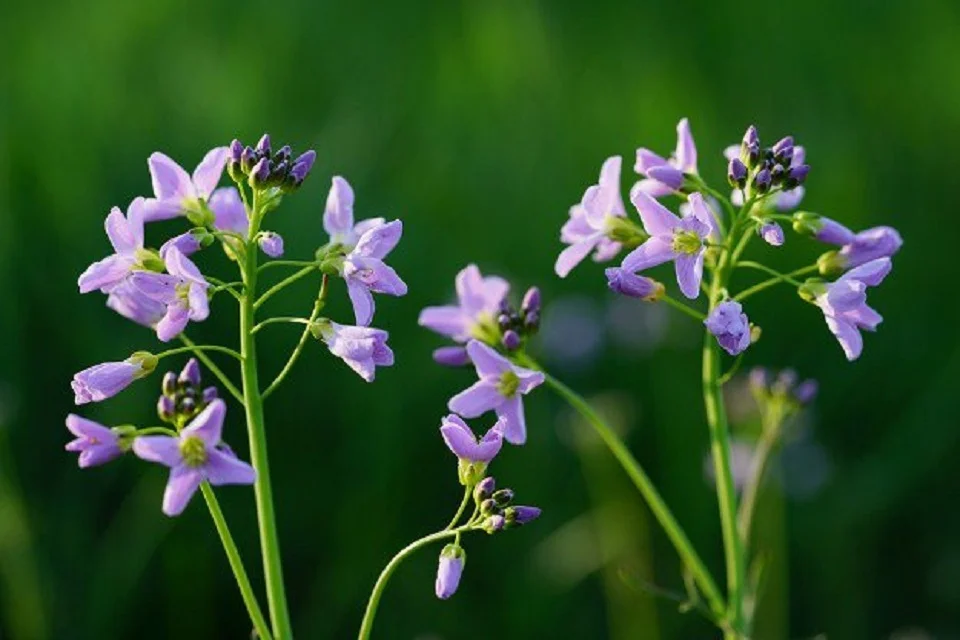
What are the side effects of Vitex negundo?
- Nagod oil produces a burning sensation and urticaria of used in excessive doses. (P.V. Sharmaji)
- Side effects are of taking the drug in high doses, under the guidance of qualified vaidya, or in appropriate doses it is safe to consume.
List of formulations of Vitex negundo
- Nirgundi taila (Nirgundi Oil)
- Shefali vati
- Nirgundi Kalpa
Research of Vitex negundo
- Antioxidant and Antiinflammatory Activity of Vitex negundo
- Ecbolic property is reported (Saha et al., 1961).
- Anti-cancer activity is reported (Masilungan, 1971).
- Antitumor and antimicrobial substances are reported (La et al., 1973)
- Analgesic effect of leaf extract is reported (Srivastava & Sisodia, 1970).
- The ethyl acetate extract at a dose of 50 mg/kg orally produced a definite anti-inflammatory effect against carrageenin, 5 HT, and bradykinin-induced edema (CCRIMH, 1977-78).
- The essential oil from leaves showed antifungal activity against Trichoderma vividae, and Fusarium helminthosporium, and limited activity on bacteria (Bhargava, 1984).
- Hepato proactive activity is reported CCI, induced liver damage in rats (Arch. Pharm. Res. 1991).
- Vitex oil showed mosquito repellence activity (Hebbalkar et al., 1992).
- 50 g of coarse leaf powder was boiled in 800 ml of distilled water till the volume was reduced to 100 ml and was filtered through a thick cloth. After cooling 1.5 ml of total watery extract (representing 0.75 g of dry powder) was administered to albino rats which were induced with arthritis by using formaldehyde. Significant (P = < 0.01) anti-arthritic activity is shown by Nirgundi. (Singh & Chaturvedi, 1996).
- PE extract of dried leaves showed analgesic, anticonvulsant and sedative-hypnotic activities when tested in Swiss mice of either sex ( Ind. J. Pharmaceut. Sci., 1997)
Conclusion
In conclusion, Nirgundi, revered in Ayurveda as Vitex negundo, emerges as a potent botanical ally in holistic healing. Its rich history rooted in traditional medicine and its diverse array of therapeutic benefits underscore its significance in promoting health and well-being. From alleviating inflammation to aiding in respiratory health and skincare, Nirgundi’s versatility continues to astonish modern practitioners and enthusiasts alike. As we embrace the timeless wisdom of Ayurveda, Nirgundi stands as a testament to nature’s abundant gifts and the enduring efficacy of herbal remedies.
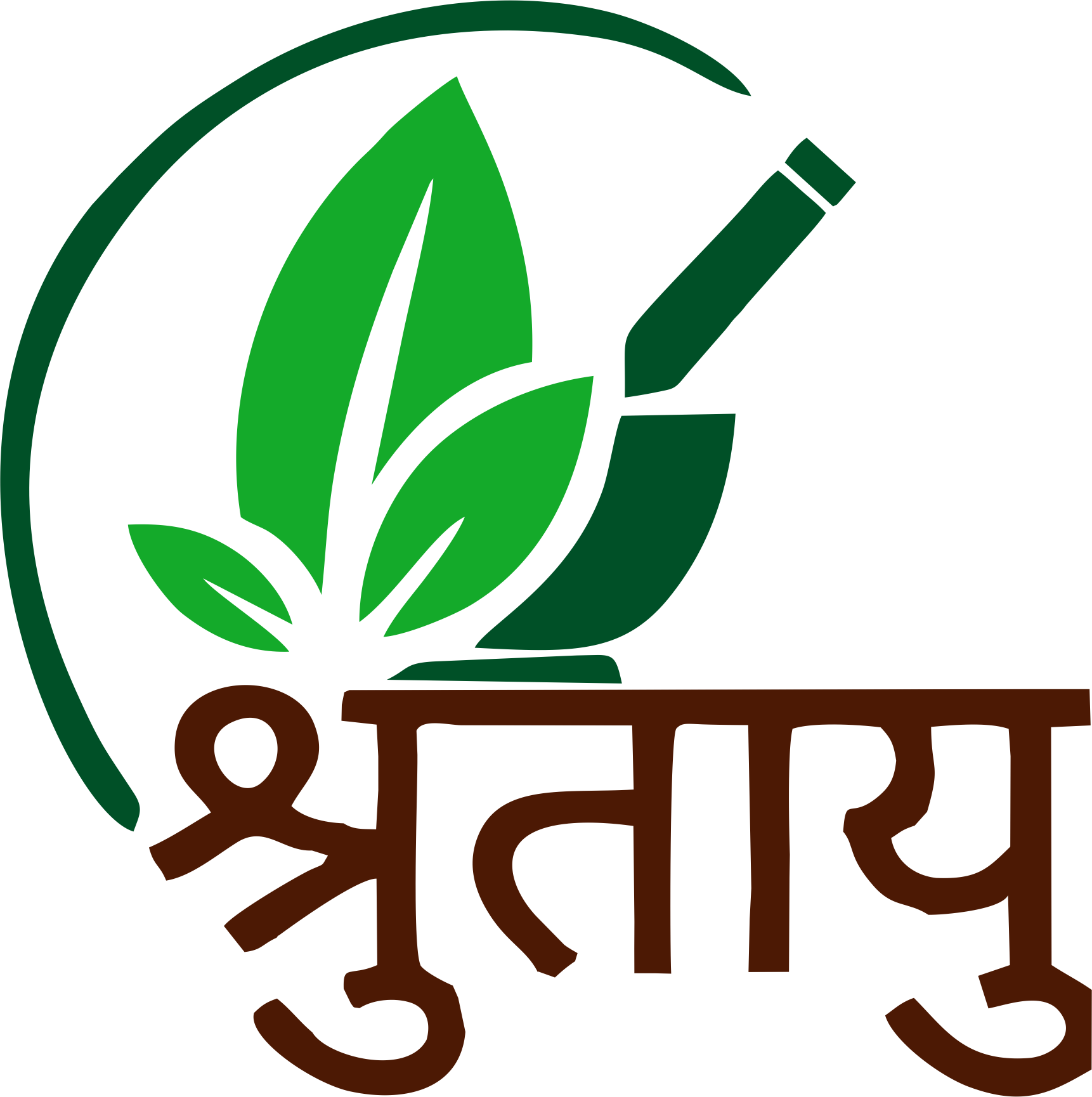
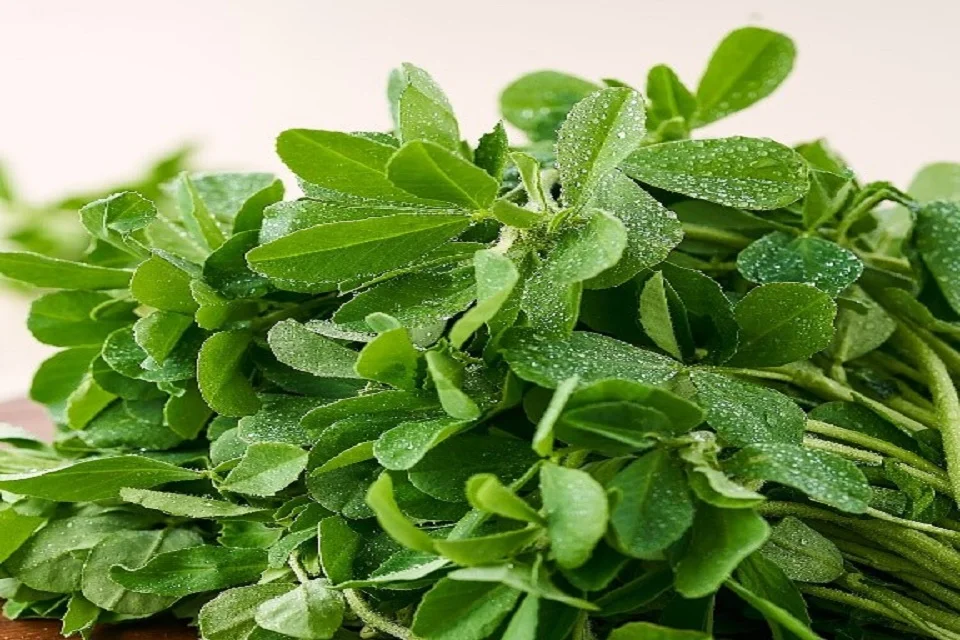


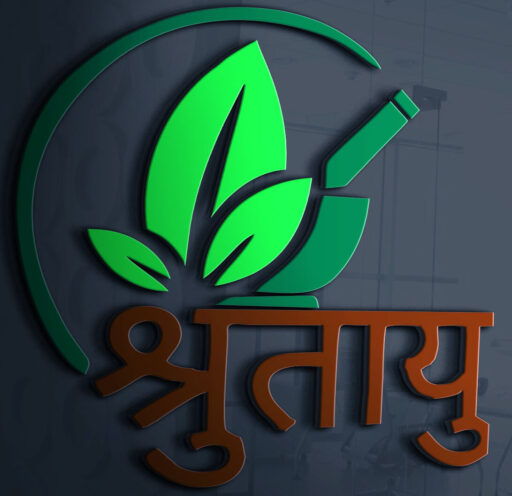

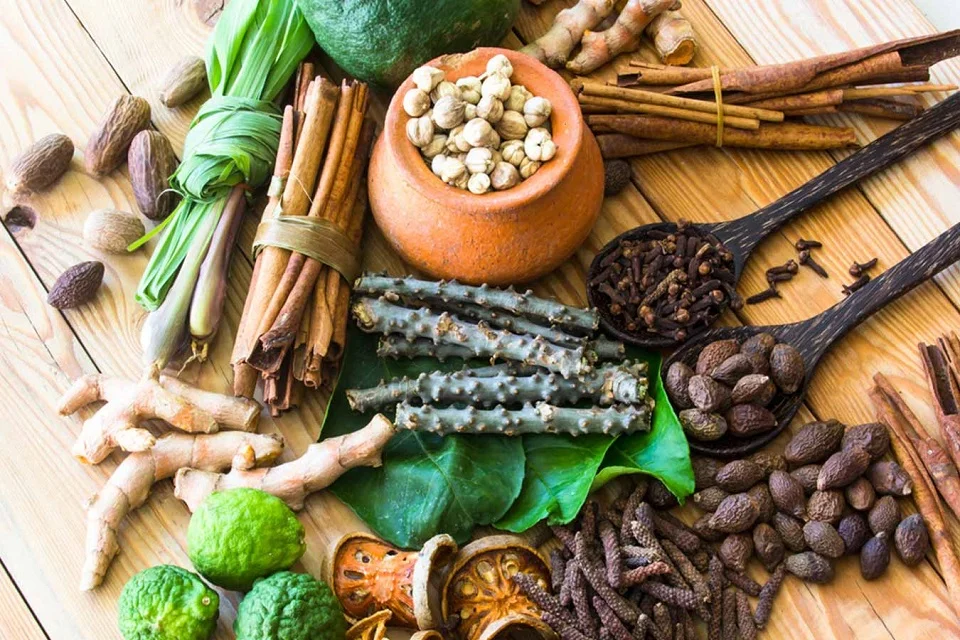
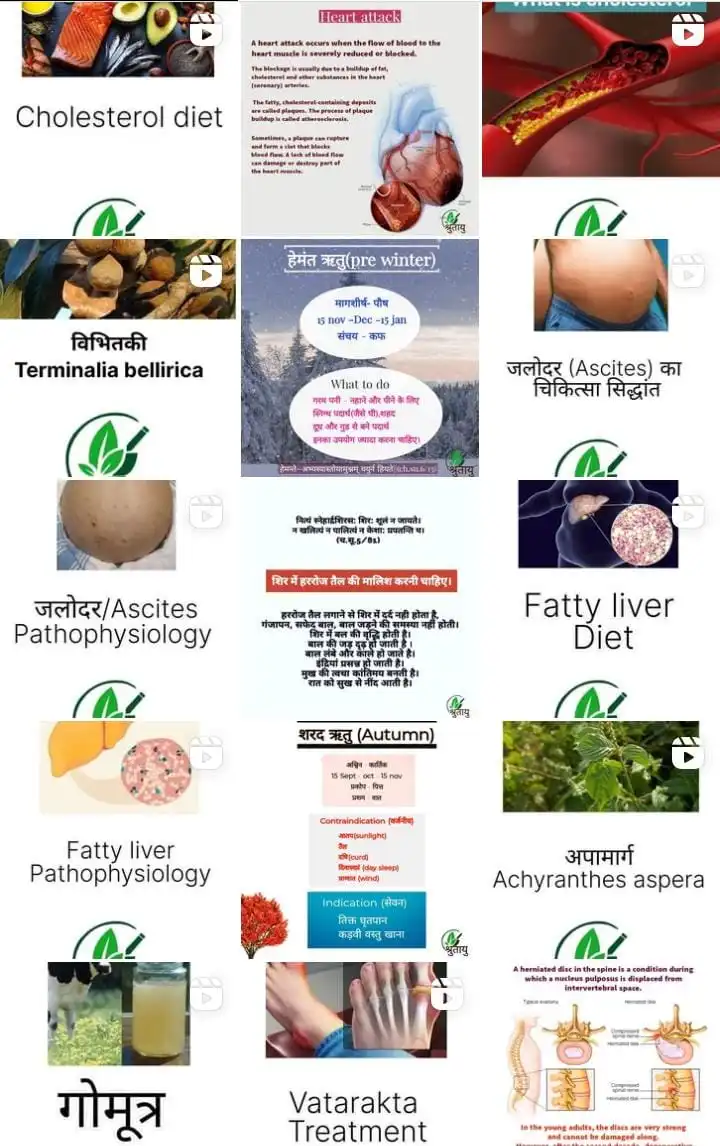
Got Something To Say